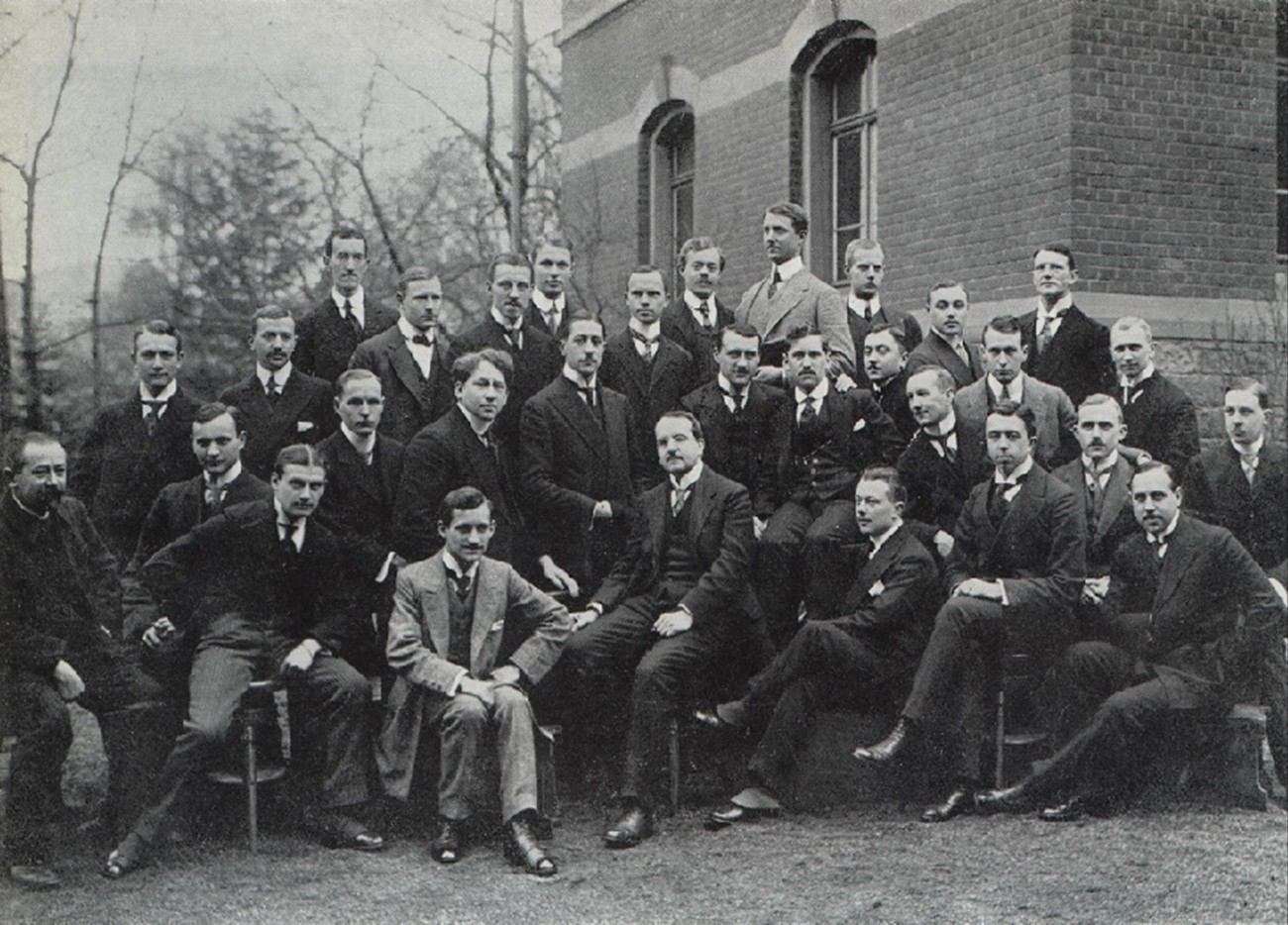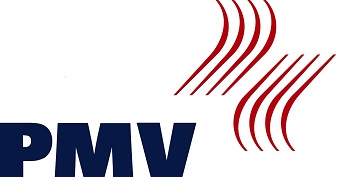Prof. Dr. Carl G. SCHWALBE came to the TH Darmstadt as a lecturer in 1902, habilitated in the fields of dyestuff and fibre chemistry and initially supervised the practical training in dyestuffs and dyeing. As early as 1908, his extra-budgetary, extraordinary teaching position for organic chemistry for students of the paper industry was expanded to include cellulose and textile chemistry. With the extension of the organic-chemical practical course for students of paper chemistry, the summer semester of 1908 can be regarded as the birth of the Institute of Cellulose Chemistry (Fig. 2). In 1912 Prof. Schwalbe received an honorary call to the Eberswalde Forestry Academy.
As his successor, Prof. Dr.-Ing. Emil HEUSER was appointed head of the chair of cellulose chemistry in 1912, who had studied in Munich, Karlsruhe and Graz. He had been employed in various companies in the pulp and paper industry and came from the Steyrermühl paper mill in Austria. In 1923, Prof. Heuser left the TH Darmstadt with his then assistant Georg Jayme to assume an excellently equipped position as head of the newly founded research laboratory of Vereinigte Glanzstoff-Fabriken AG in Seehof near Berlin-Teltow. During Prof. Heuser's term of office, cellulose chemistry moved to a former military chamber building in front of the south-eastern corner of the main mechanical engineering building, which was ceremoniously opened in 1921. [17]
Already in the winter semester 1924/25 Prof. Dr. Karl JONAS gave the cellulose chemical lectures for the paper engineers. Prof. Jonas studied chemistry in Munich and Breslau and habilitated in 1919 as Dr. phil. in Breslau before coming to Darmstadt in 1924. Soon after taking office, he was involved in reorganising the course of study for paper engineers with a correspondingly strong chemical orientation. In addition to the modification of the practical courses, it was introduced that paper engineers could carry out their final diploma thesis in the fields of mechanical engineering, technology or cellulose chemistry, whereby the latter possibility was very often used at that time, as the lists of work carried out in the Institute for Cellulose Chemistry show. At that time, doctoral theses were almost exclusively carried out “in the field of cellulose chemistry, partly also in the field of physics, since the then holder of the Chair of Paper Production, Prof. Dr.-Ing. e.h. Fr. Müller, could not accept any doctoral students for his special field of work”. The expansion of the know-how of paper engineers in the fields of mechanical engineering and chemistry was so concise that the simultaneous mastering of both fields of study was hardly possible. Therefore, in the winter semester 1927/28, it was decided to split paper engineering into mechanical and chemical-technical studies. For the mechanical engineering studies of paper engineers, several chemical lectures were omitted. In addition, the inorganic-analytical and the organic-preparative practical courses were shortened. However, this reorganization was rejected again in 1933 and the paper engineer was essentially trained as a mechanical engineer, who “received only the most indispensable chemical training tailored to his special needs at the Institute of Cellulose Chemistry”. During Prof. Jonas's term of office, a larger cellulose test facility was set up in the basement of the institute building, which was put into operation in 1929.
The resignation of Prof. Jonas as institute director in 1933, forced for disciplinary and thus apolitical reasons, was followed by his retirement one year later. E. SCHMIDT, the former director of the Zellstofffabrik Waldhof, thankfully took over the lectures in the orphaned institute. In 1936, Prof. Dr.-Ing. Georg JAYME was finally appointed professor and new head of the institute, who was to revitalise the institute in the long term. After four years with Vereinigte Glanzstoff-Fabriken AG, Prof. Jayme joined Canadian International Paper Company in Hawkesbury, Ontario, Canada as head of the research department. When the Institute for Pulp and Paper Chemistry was founded, at the request of the Reich Office for Economic Expansion, a special staff for certain research tasks was recruited and a wood research centre was established. The larger number of employees and the rapidly increasing influx of students led to accommodation problems, so that a new building on the former Balloonplatz (corner Alexanderstraße/Magdalenenstraße) was planned with the help of the Reichsamt für Wirtschaftsausbau. The foundation stone was laid in 1938, the topping-out ceremony the following year was celebrated in a very modest setting, and as a result of the Second World War, the interior work progressed very slowly. The building was heavily damaged during the war and has a turbulent history behind it, which only ended in 1957 with the completion and occupation of the last rooms and was described in detail in the Festschrift “50 Jahre Cellulosechemie” [18]. This building still houses the Ernst Berlin Institute for Technical and Macromolecular Chemistry, as it is called today. After Prof. Jayme retired in 1969, the institute was headed by three directors: Prof. Dr. phil. Josef SCHURZ (1969-1974), Prof. Dr. rer. nat. Thomas KRAUSE (1975-1991) and Prof. Dr. Erich GRUBER (since 1994). In the period between the retirement of Prof. Krause and the appointment of Prof. Gruber, the training of paper engineers with lectures and internships was maintained by the academic senior councillor Dr.-Ing. Walter SCHEMPP.




